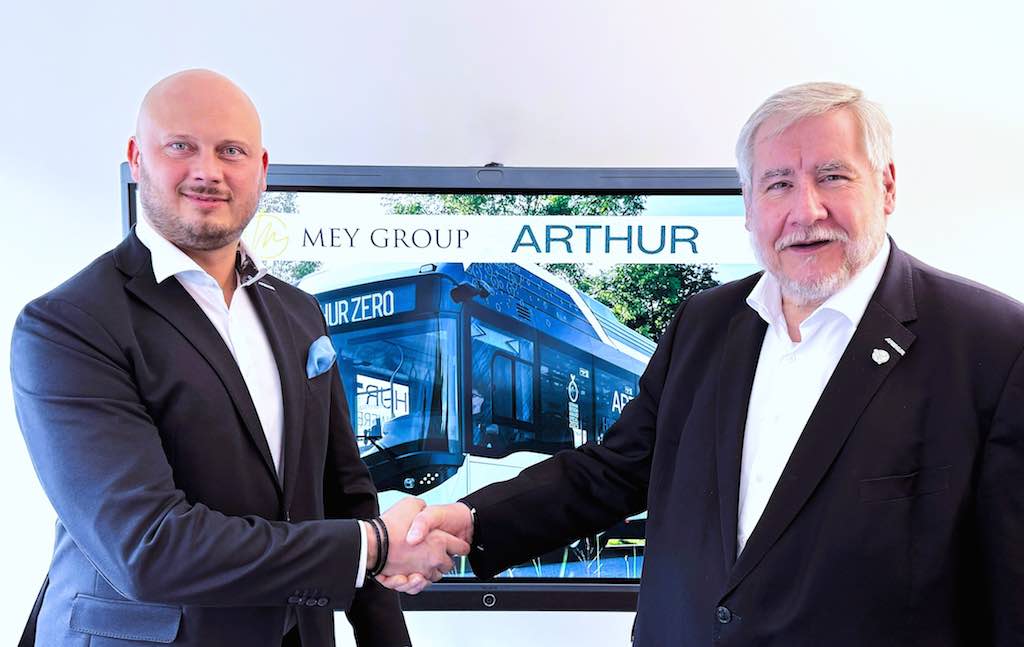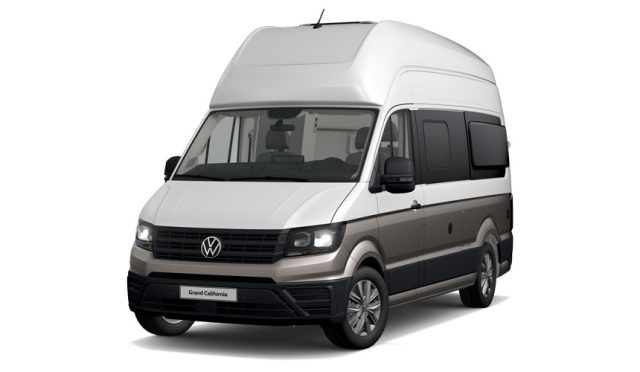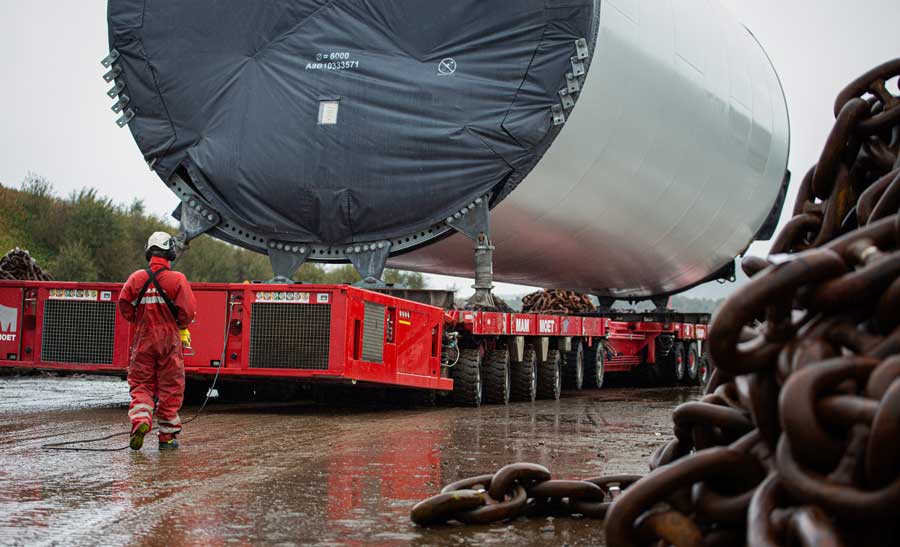Nine months after its creation, HYVIA, the Renault Group and Plug Power’s joint-venture dedicated to hydrogen mobility, inaugurates its plant at Refactory, Renault Group’s manufacturing site for the circular economy located in Flins, Ile-de-France.
This is the first step in a wider industrial project.
HYVIA is ready to start assembly and test of fuel cell modules based on Plug Power’s advanced technology. The 30kW fuel cell will power Renault Master H2-TECH portfolio (Van, Chassis Cab and City Bus).
By the end of 2022, the plant will also begin assembly of H2 refueling stations and the production of low carbon hydrogen with a first electrolyzer.
HYVIA confirms its anchoring based in France and the deployment of its complete solutions for hydrogen mobility. HYVIA’s ambition is to reach 30% of the LCV H2 European market by 2030.
David Holderbach, HYVIA CEO: “Since its creation on June 3, 2021, HYVIA is moving fast. Our plant represents a major human, technological and industrial challenge. It is a fantastic illustration of our unique joint venture: we join the expertise of Renault Group, a dominant player in the automotive industry, and Plug Power, a world leader in turnkey hydrogen and fuel cell solutions.“
Luca de Meo, Renault Group CEO: “HYVIA plant is part of the Re-energy pilar of our strategic Refactory plant in Flins. Its ramp up embodies Renault Group’s strong ambitions in H2 mobility, complementary to electric mobility. It will contribute to increase local integration, creating value in France and Europe.”
Andy Marsh, Plug Power CEO: “Plug Power is proud to see the assembly of its fuel cell here in France. We have been present in Europe for more than 10 years, being a major investor in the development of the European H2 sector. We have accelerated our growth with HYVIA, in partnership with Renault Group. Together, we’re taking meaningful steps to tackle climate change.”
HYVIA plant: a wider industrial project
The HYVIA plant in Flins is the first step within a wider industrial project, beginning today with 3000 m² and a highly skilled team of about 15 employees: operators, managers and technicians coming from Flins manufacture. The HYVIA plant enhances safety, environment,and quality: it is not only a main stake but a priority, applying the best practices from Renault Group and Plug Power.
By the end of 2022:
• The fuel cell assembly & testing line will have a capacity of 1 000 fuel cell/year.
• The H2 refueling station assembly line will begin.
• The H2 supply will also begin with the installation of a 1MW electrolyzer that will supply H2 to the plant (450 kg H2 / day), for testing fuel cells and H2 refueling stations.
• The plant will also operate with H2 powered forklifts. In the coming years, the HYVIA plant will continue to ramp up with a second step, increasing local and vertical integration.
HYVIA fuel cell: a human, technological and industrial challenge
- A human challenge
Like the rest of HYVIA staff, engineering, and manufacturing teams at Flins have embarked an ambitions challenge impacting the H2 ecosystem. To meet this ambition, engineers and operators in the plant have completed specialty training in France and in the United States, receiving the necessary expertise necessary to assemble and test a fuel cell.
The complementary skills of operational teams of both Renault Group and Plug Power are a key for HYVIA’s success.
- A technological challenge
The 30kW fuel cell is a Proton Exchange Membrane (PEM) technology, designed based on the proven and durable Plug Power technology.
It brings together air and hydrogen, allowing increased power and range for mobility. Both air and hydrogen flows enter in the fuel cell stack, the “heart” of the fuel cell. The fuel cell stack consists of a negative electrode (anode) and positive electrode (cathode), separated by a polymer membrane. Hydrogen molecules are separated into electrons and cations. The electrons go to an external circuit, generating a flow of electricity that powers both our 33KWh battery and our 57kW electric engine. The cations go through the polymer membrane and are associated with anions of the air to create water.
- An industrial challenge
The fuel cell stack is associated with a large system of approximately 450 components and flux (air, H2, power, coolant and water). The assembly line of HYVIA plant is ready to begin a complex component assembly including high power controller and convertor, air filter, compressor and humidifier, coolant system and the final assembly of the heart of the fuel cell.
The fuel cell test zone is operational thanks to H2 already on site and will ensure fuel cell quality and safety.
HYVIA: based in France
HYVIA confirms its industrial anchoring in France. HYVIA headquarters, engineering, R&D center, H2 integration and vehicle production are also based in France. Since its creation in 2021, HYVIA has grown to about 70 employees since its creation, including a strong engineering team.










